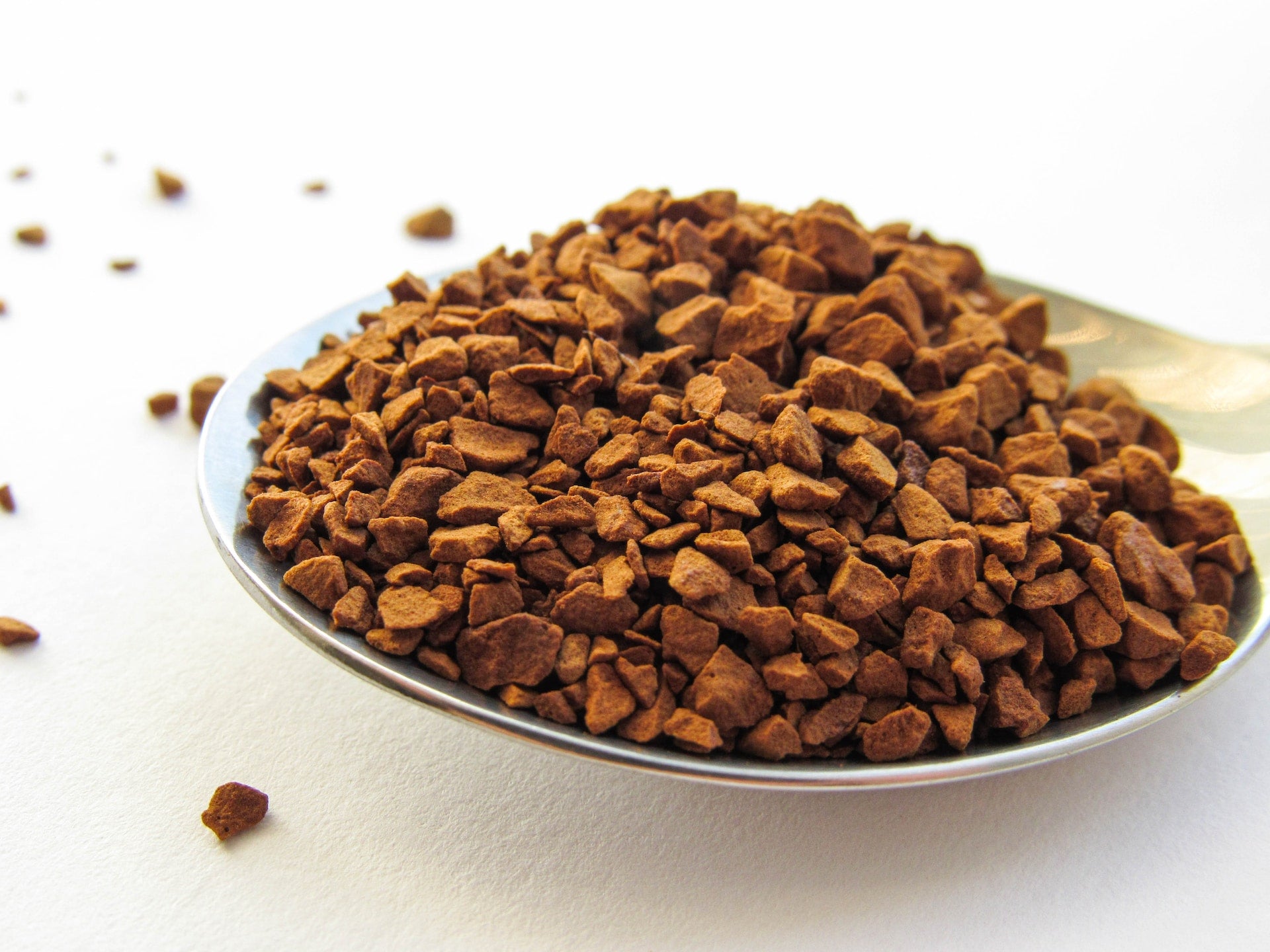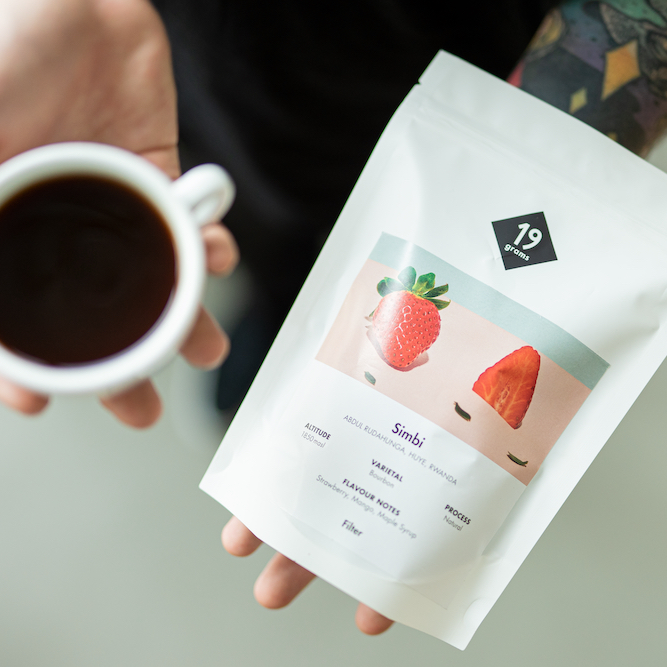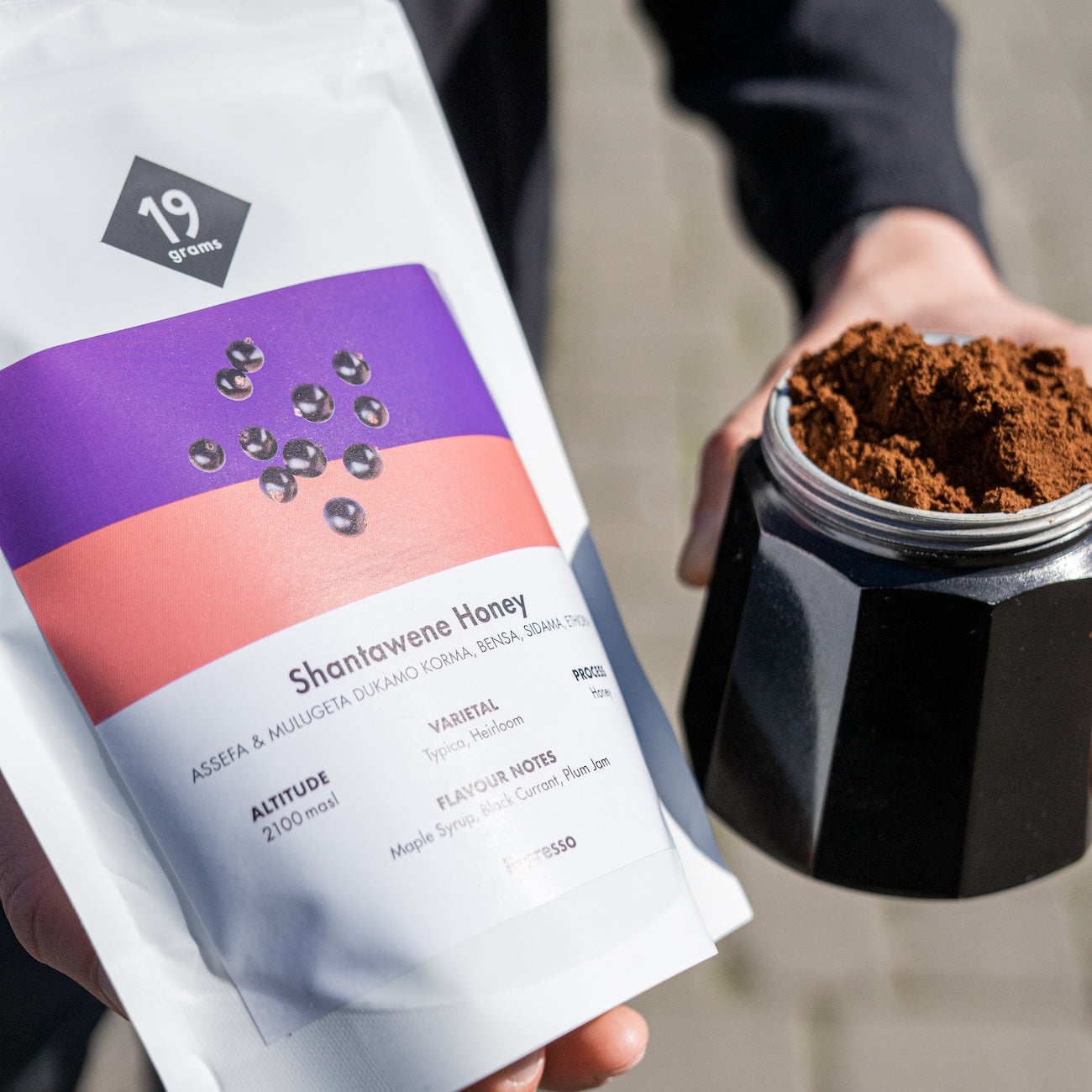Instant coffee divides coffee lovers, as some appreciate its convenience while others miss the intense taste of freshly brewed coffee. It has become established for quick and uncomplicated preparation, especially in situations where no coffee machine is available. Real instant coffee complies with a purity law and contains only coffee extract without additives.
Instant coffee has a history that goes back several decades, with the invention being attributed to David Strang from New Zealand in 1890. Nestlé played a significant role in the global spread of instant coffee and began industrial production of Nescafé in 1939. Although Nescafé is still present, many associate instant coffee with nostalgic memories from their youth or their grandparents' home.
The production of instant coffee involves roasting the beans, grinding them, extracting the soluble components with water and drying the resulting syrup into hollow granules. Despite its convenience, instant coffee cannot match the taste and aroma of freshly brewed coffee. Nevertheless, it is a practical alternative when coffee equipment is not available. Instant coffee can be enhanced by adding ingredients such as cocoa powder, cinnamon or vanilla extract and is also suitable for making iced coffee or frappés by mixing it with cold milk or water and sweetening it with sugar or ice.






